

fetching latest news
News tagged in:

bp has successfully started oil production at its Argos offshore platform, delivering more energy at a critical time and strengthening bp’s position as a leading producer in the deepwater U.S. Gulf of Mexico.

Gary Gensler is the kind of regulator who gets things done. That’s not always the kind that serves America best. The chair of the Securities and Exchange Commission has flexed the rulemaking process in a way that has been helpful to a Democrat-led administration struggling to pass laws. The precedent Gensler has set will make it easier for future SEC bosses to play fast and loose too.

Even as energy prices trend down from recent highs, Bank of America still expects the Federal Reserve to make a 75-basis-point rate hike at the next FOMC meeting, but there's a chance of an even more aggressive move."We think the main takeaway from the June inflation data is that underlying price pressures remain robust and unacceptably high relative to the Fed's mandate," BofA analysts wrote in a Friday note.
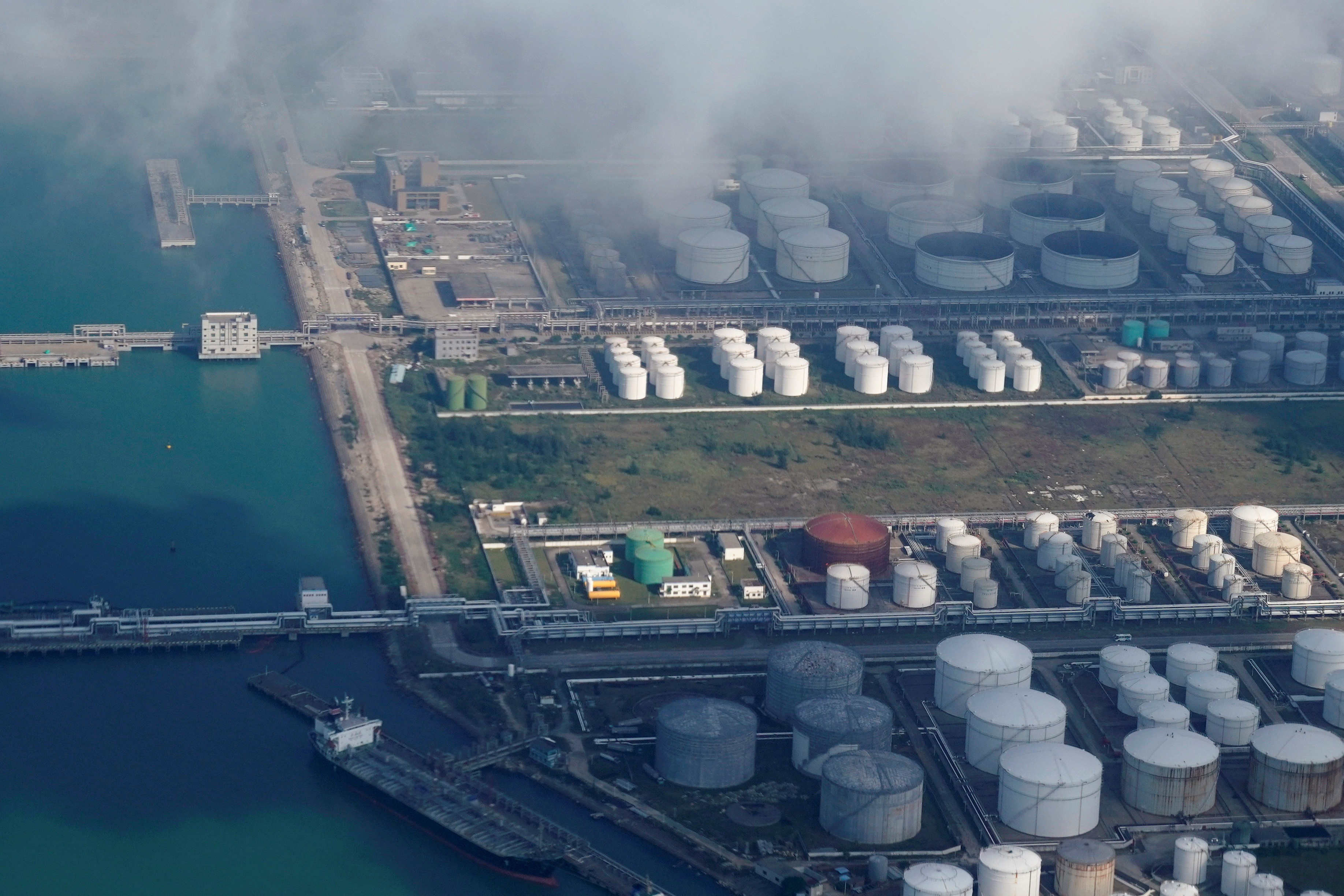
Oil prices fell around $1 on Monday in volatile trade, reversing some gains from the previous session, as worries about a recession and China's COVID-19 curbs hitting demand outweighed ongoing concerns about tight supply. Brent crude futures fell 82 cents, or 0.8%, to $106.20 at 0314 GMT, after climbing 2.3% on Friday. U.S. WTI crude futures declined by $1.04, or 1%, to $103.75, paring a 2% gain from Friday.
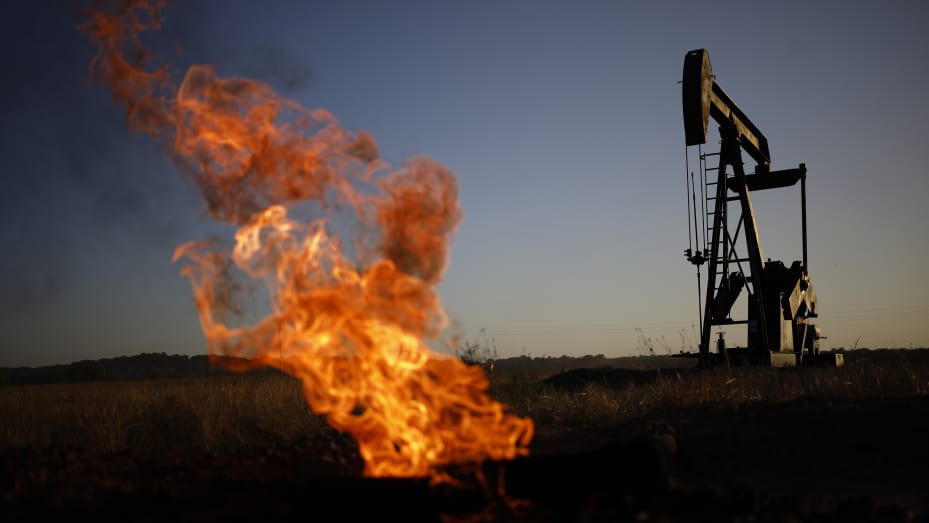
Surging gasoline prices in the U.S. are showing signs of impact on consumption, according to one risk analyst. “We’re starting to see some signs of demand destruction, particularly for gasoline, but it’s really just off some of the highs of last year, when gasoline prices were much cheaper,” said Rachel Ziemba, founder of Ziemba Insights, a research firm. Demand destruction refers to persistent high prices or tight supplies that eventually lead to a drop in demand, in this case, for energy products such as oil or gas.
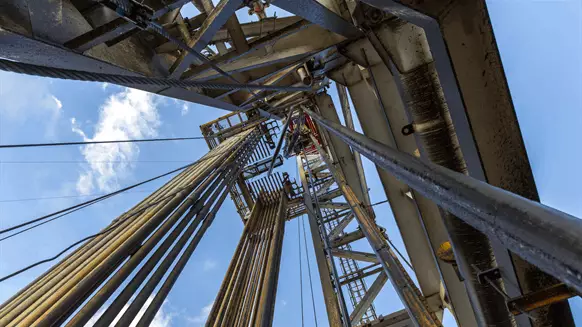
The U.S. dropped three rigs week on week, according to Baker Hughes’ latest rotary rig count, which was released on July 1. Baker Hughes’ latest count showed that the U.S. dropped four land rigs and added one offshore rig week on week. The total rig count in the U.S. is now said to be 750, comprising 730 land rigs, 17 offshore rigs and three inland water rigs. Of the 750 total, 595 are classified as oil rigs, 153 are classified as gas rigs, and two are classified as miscellaneous rigs. Canada’s weekly rig count increased by 12, according to Baker Hughes’ latest rig figures, which showed that the country’s total rig count now stands at 166. Of this total rig figure, 109 rigs are classified as oil rigs and 57 rigs are classified as gas rigs. North America’s total rig count now stands at 916, Baker Hughes’ count highlights.
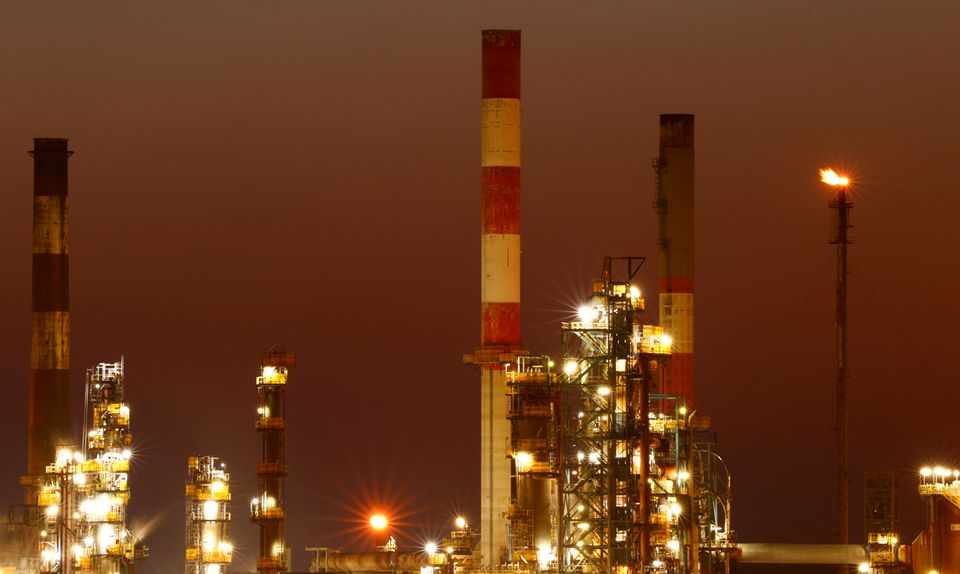
Oil rose on Monday as supply concerns driven by lower OPEC output, unrest in Libya, and sanctions against Russia outweighed fears of a demand-sapping global recession. Eurozone inflation hit yet another record high in June, strengthening the case for rapid European Central Bank rate increases, while U.S. consumer sentiment hit a record low. Brent crude rose $2.26, or 2%, to $113.89 a barrel by 12:47 p.m. ET (1648 GMT) after falling more than $1 in early trade. U.S. West Texas Intermediate (WTI) crude rose $2.20, or 2%, to $110.63, in thin volume during the U.S. Independence Day holiday.

The new global order after the Russian invasion of Ukraine is set to create new winners and losers in energy as trade flows are changing. Russia is still receiving close to $1 billion in oil and gas revenues every day as Europe continues to buy Russian gas and is panicking over the possibility of Russia cutting off gas supply entirely. In the short term, Russia may have a winning hand, having hooked major European economies to its natural gas. Russia’s invasion of Ukraine has set in motion a series of events that will forever change the global energy order. In the medium- and long-term, the United States is in a very strong position to take advantage of these new dynamics . While Russia is benefitting from high oil and gas prices in the near time, the long-term outlook for its energy industry is poor.

The Wilderness Society and Friends of the Earth today filed suit over the Biden administration’s decision to offer 123 parcels covering nearly 120,000 acres (approximately 188 square miles) of federal land for oil and gas drilling on June 29 and 30. The Bureau of Land Management (BLM) is moving forward with the sale despite acknowledging that greenhouse gas pollution from the development of the leases could result in billions of dollars in social and environmental harm — the equivalent of adding hundreds of thousands of cars to the road each year. The lease sale will also commit these public lands to oil and gas drilling before BLM completes reforms to the federal oil and gas leasing program that the agency has recognized are needed.

PetroChina may sell out from natural gas projects in Australia and oil sands in Canada to stem losses and divert funds to more lucrative sites in the Middle East, Africa and central Asia, two people with knowledge of the matter said. PetroChina's plan follows a similar strategic shift by smaller state peer CNOOC Ltd (0883.HK), which was preparing to exit its operations in Britain, Canada and the United States because of concerns the assets could become subject to Western sanctions.

President Joe Biden reiterated his ire toward oil industry officials, verbally sparring with Chevron Corp. Chief Executive Officer Mike Wirth just days before administration officials and oil executives are set to discuss how to bring down gasoline prices. Wirth earlier called on Biden to stop criticizing the oil and gas industry and for a “change in approach” toward US energy policy in a rare, candid letter published Tuesday. Biden responded by calling the executive “mildly sensitive” and telling reporters at a White House press conference, “I didn’t know they’d get their feelings hurt that quickly.”
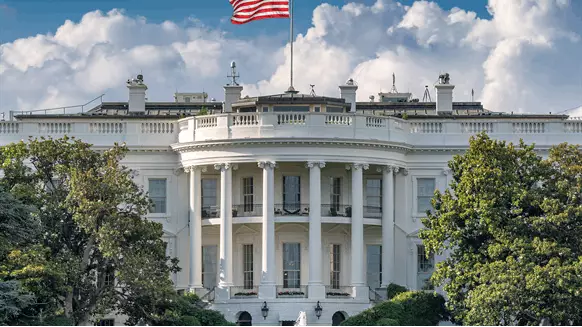
The U.S. Department of Energy (DOE) confirmed Thursday that Secretary of Energy Jennifer M. Granholm led an in-person meeting with CEOs and executives of seven major U.S. oil companies at the DOE headquarters in the morning of June 23. Granholm reminded the companies that their consumers, workers, and communities are feeling the pain at the pump because of Putin’s price hike and that at a time when Putin is using energy as a weapon, oil companies must deliver solutions to ensure secure, affordable supply, a DOE statement noted.
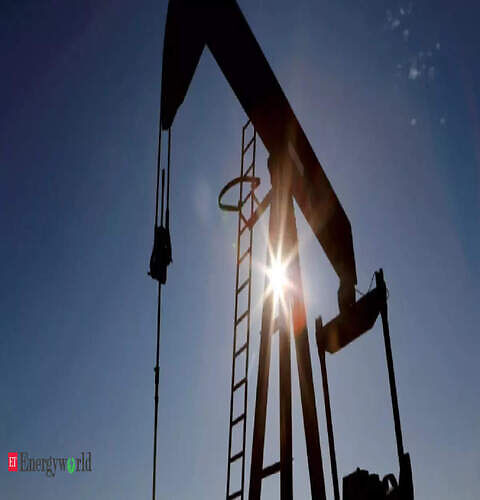
Brent futures fell 37 cents, or 0.3 per cent, to $110.53 a barrel by 0015 GMT, while U.S. West Texas Intermediate (WTI) crude fell 33 cents, or 0.3 per cent, to $107.93 a barrel.
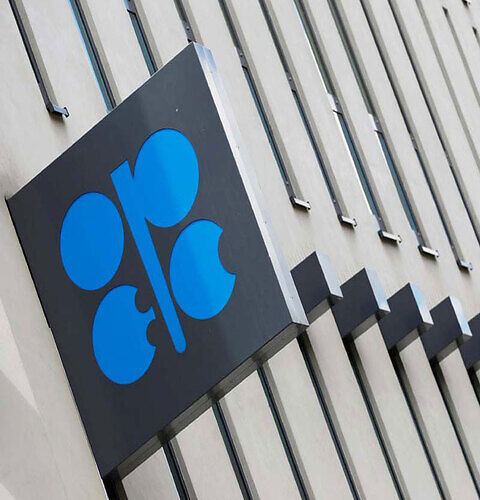
"The Organisation of Petroleum Exporting Countries (OPEC) yesterday said with all current market dynamics at play, the global oil supply market could have as much as 240 million barrels of emergency crude oil in the next six months."

US product exports have accelerated to a record in recent weeks while crude imports have decelerated to the slowest rate for decades, according to data from the US Energy Information Agency (EIA).

Many buyers in Europe, however, have stopped buying Russian crude on the spot market voluntarily to avoid reputational damage, promising to halt purchases completely when earlier signed long-term contracts expire.
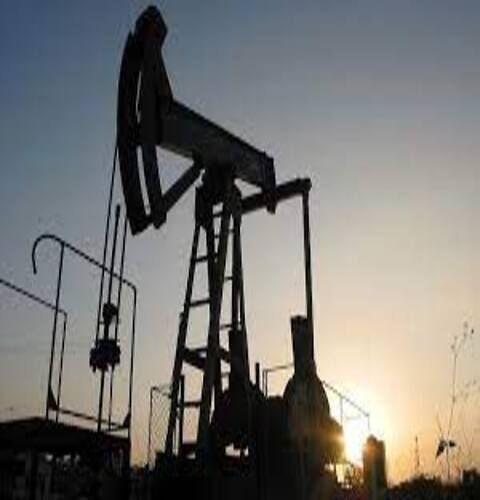
Brent crude futures rose 21 cents, or 0.2%, to $113.37 a barrel at 0020 GMT, while U.S. West Texes Intermediate (WTI) crude futures slipped 2 cents to $109.19 a barrel.

Chevron Corp (CVX.N) and the United Steelworkers union (USW) rejected each other's proposals to end a month-long strike at the company's Richmond, California, refinery, a union official said on Monday.